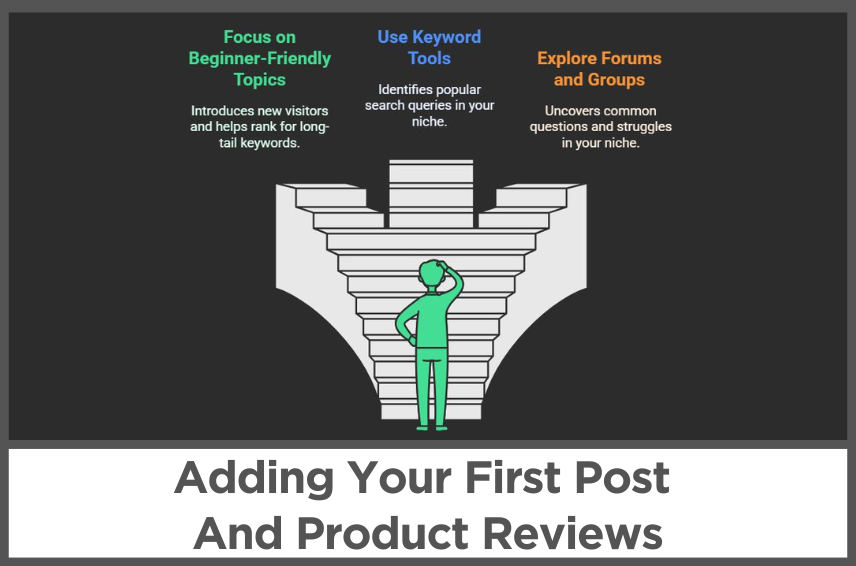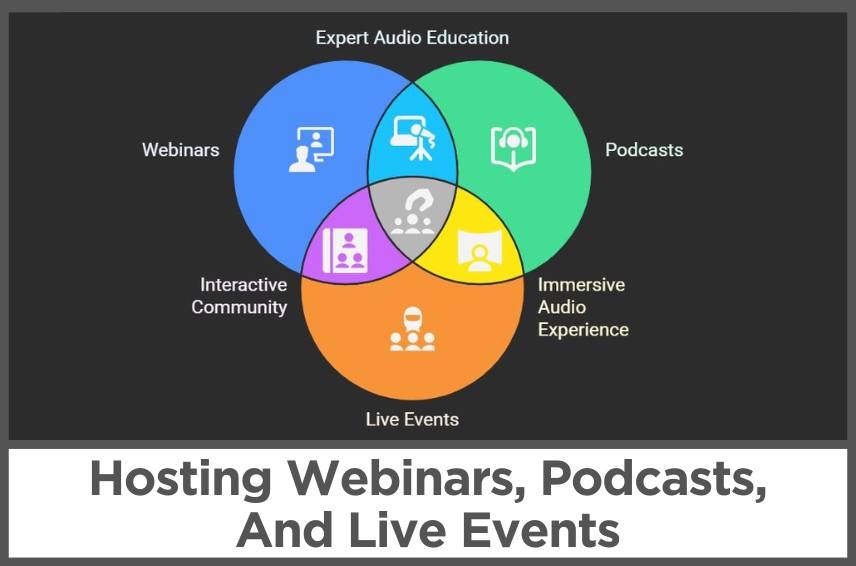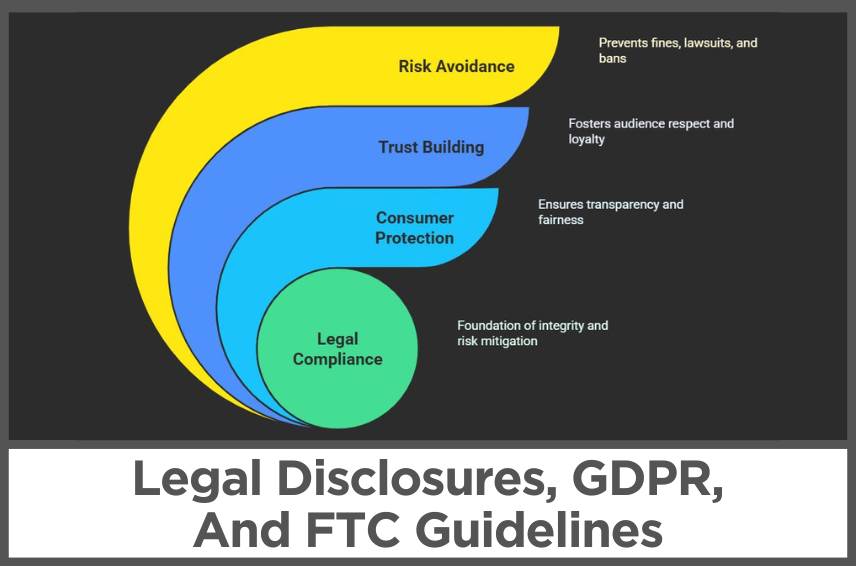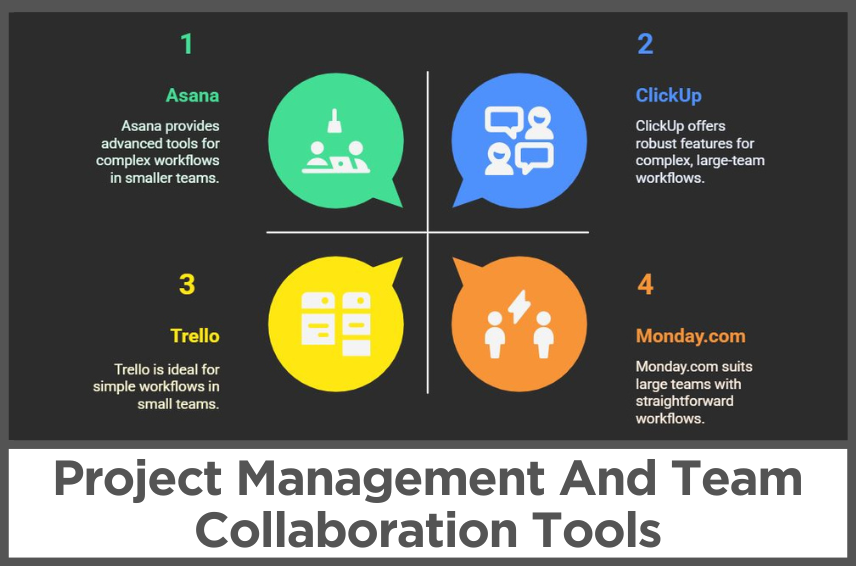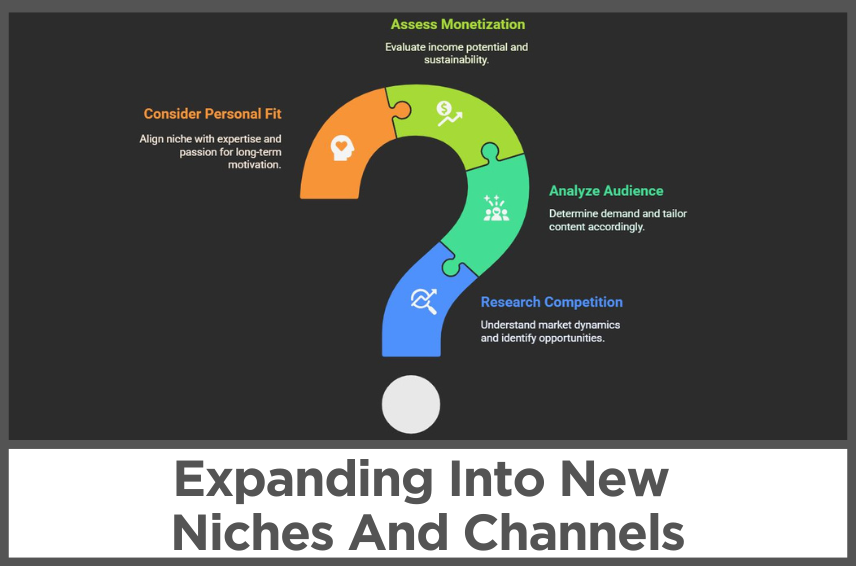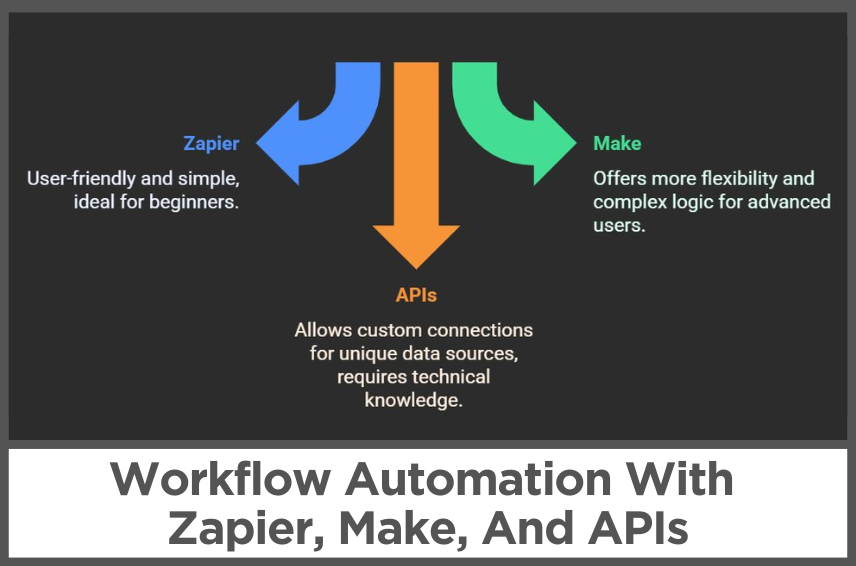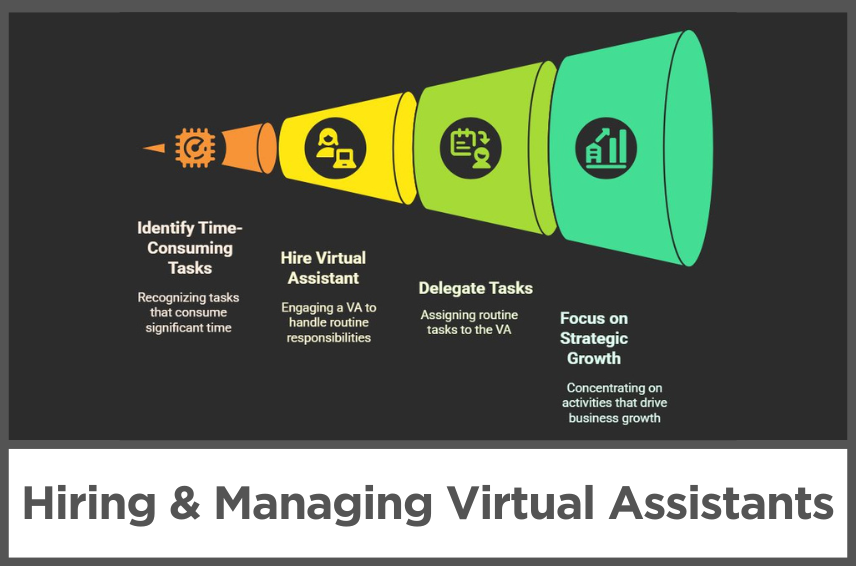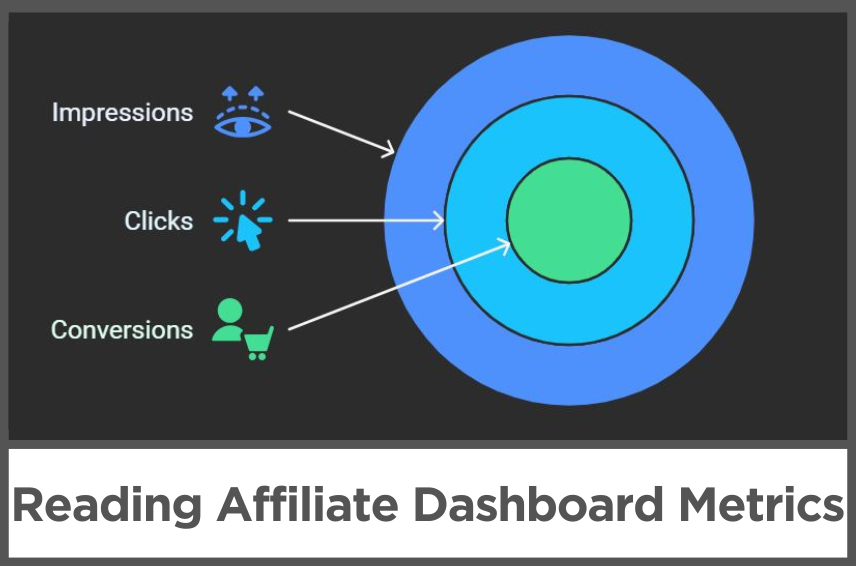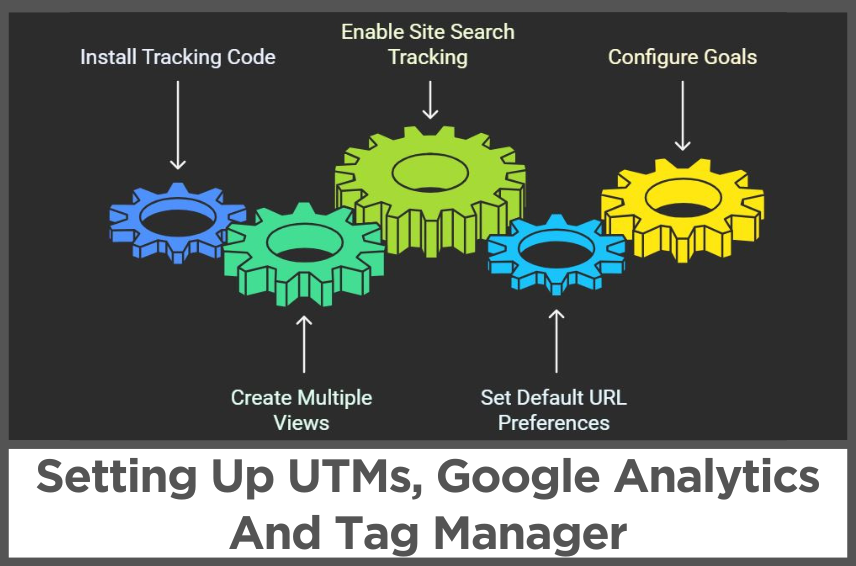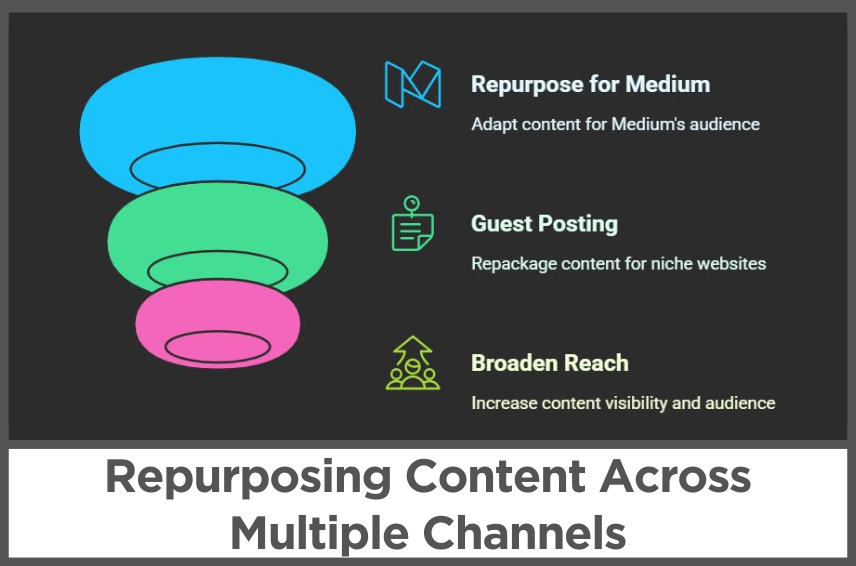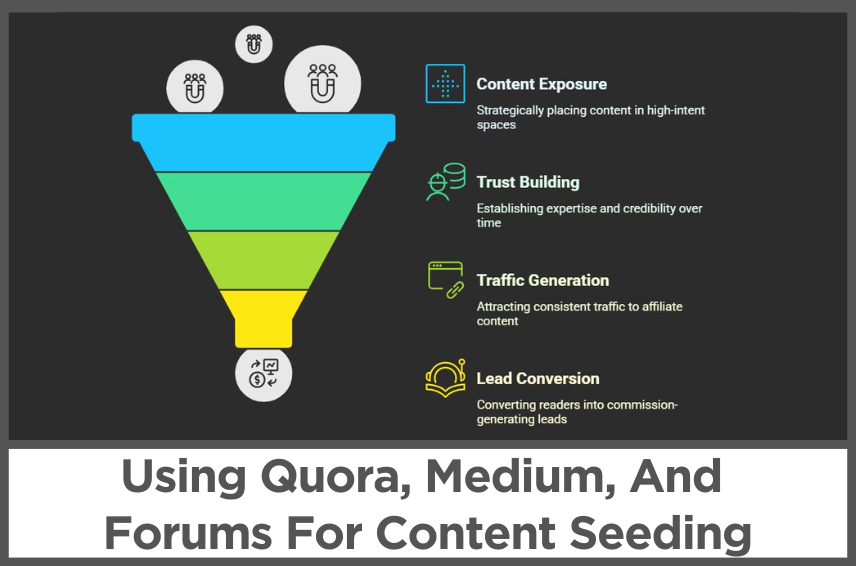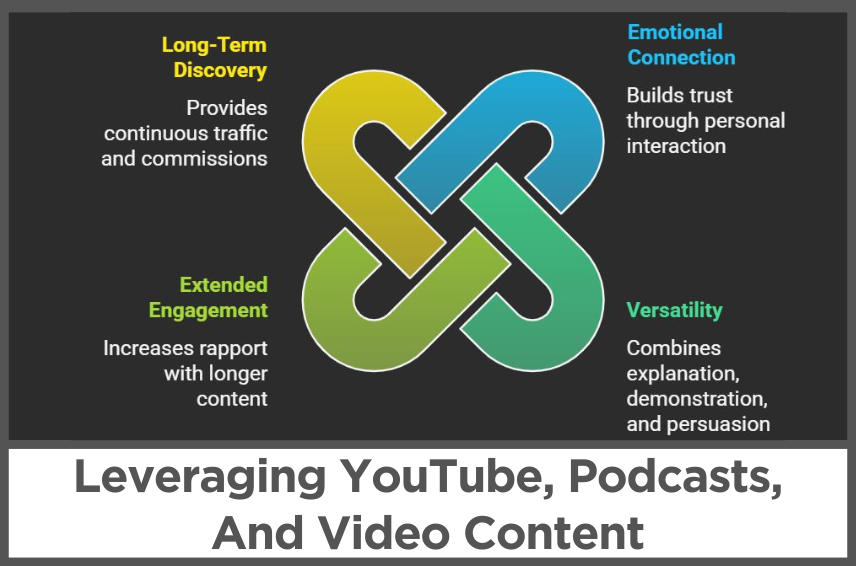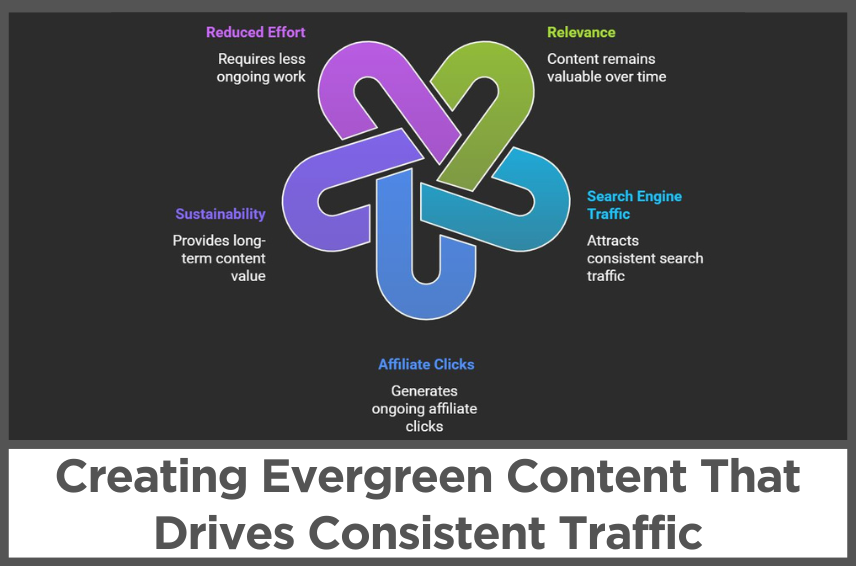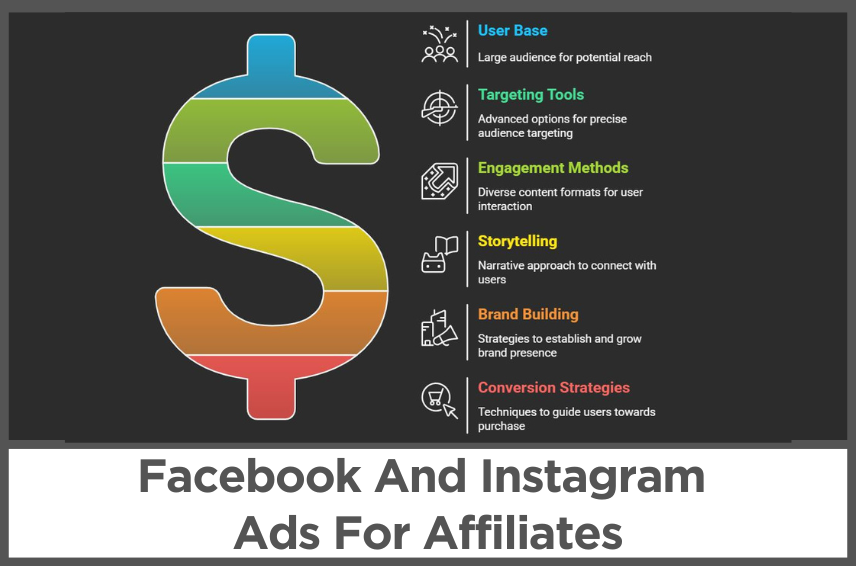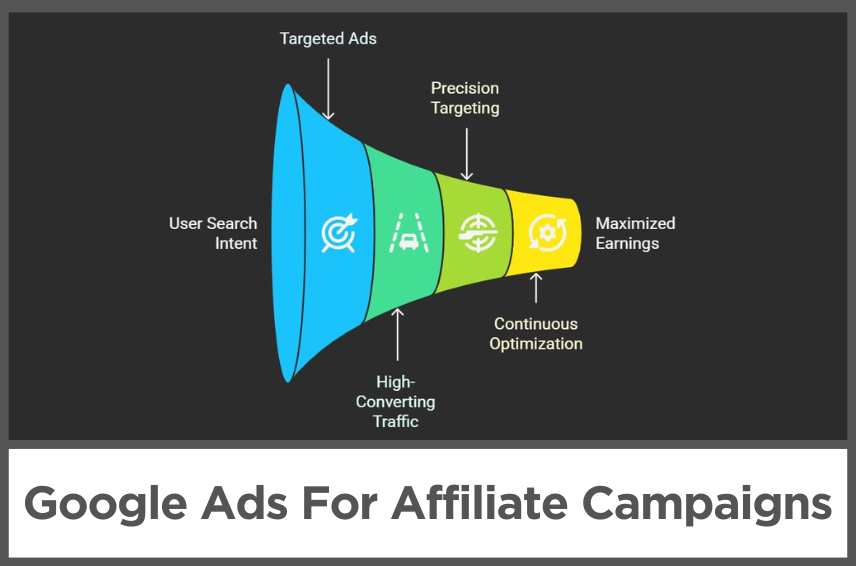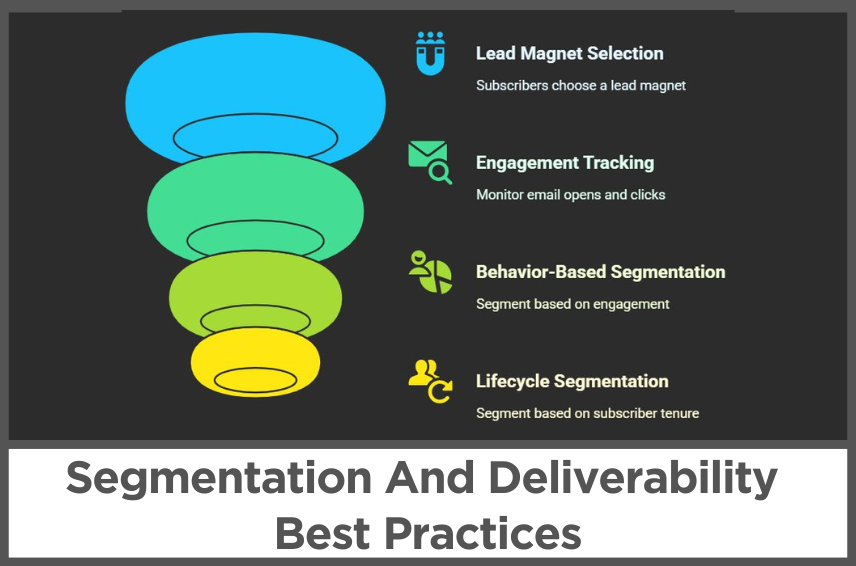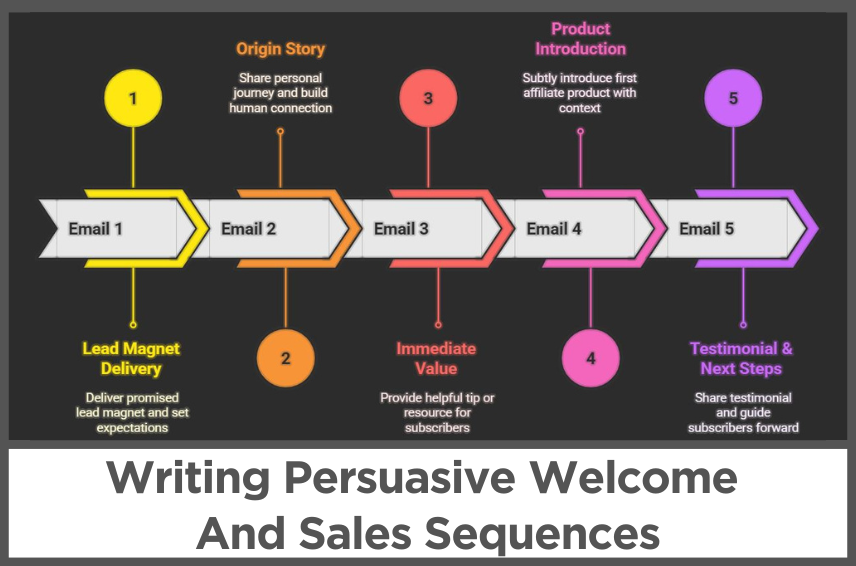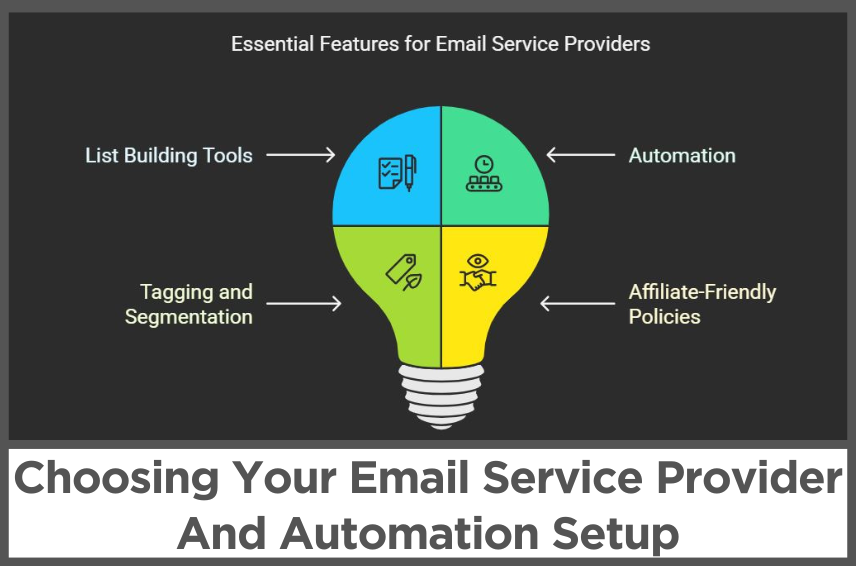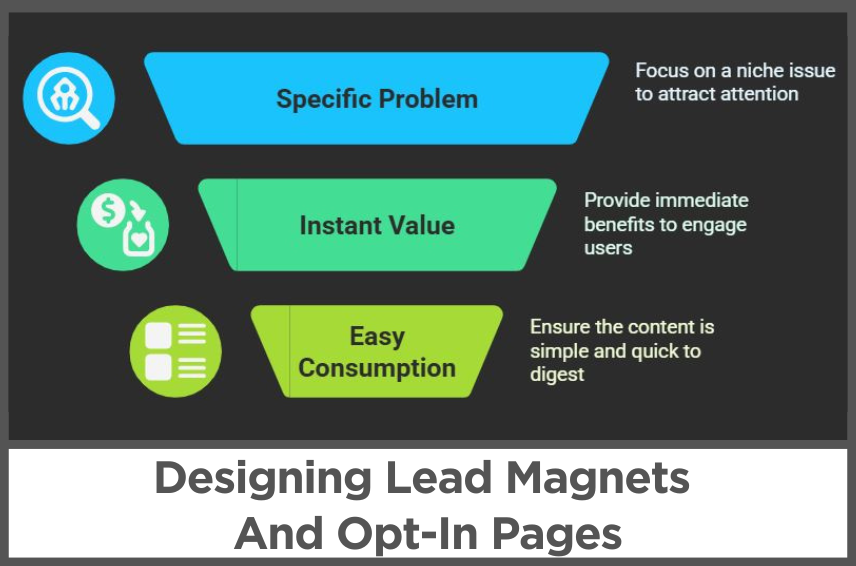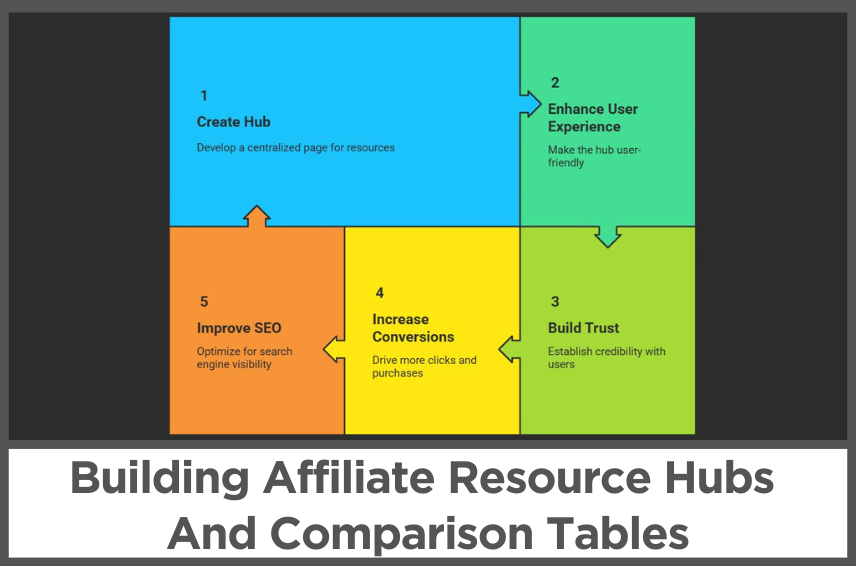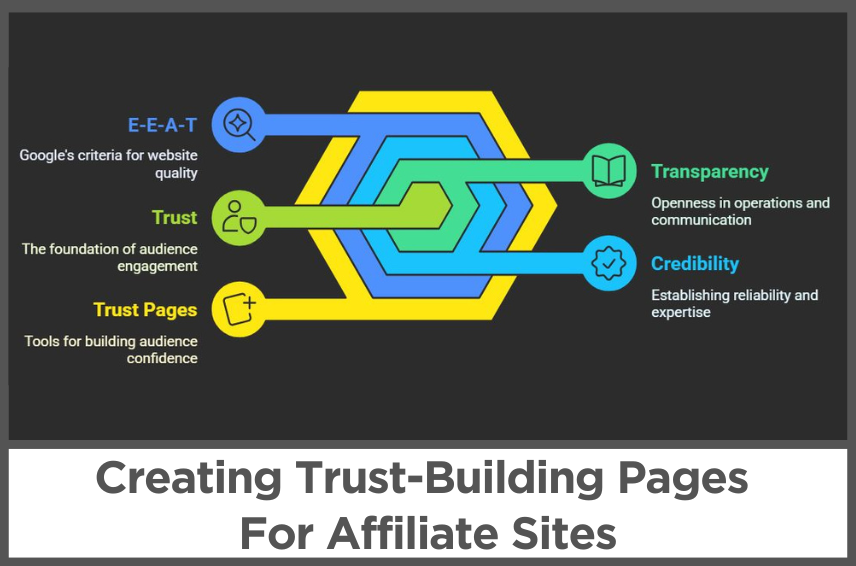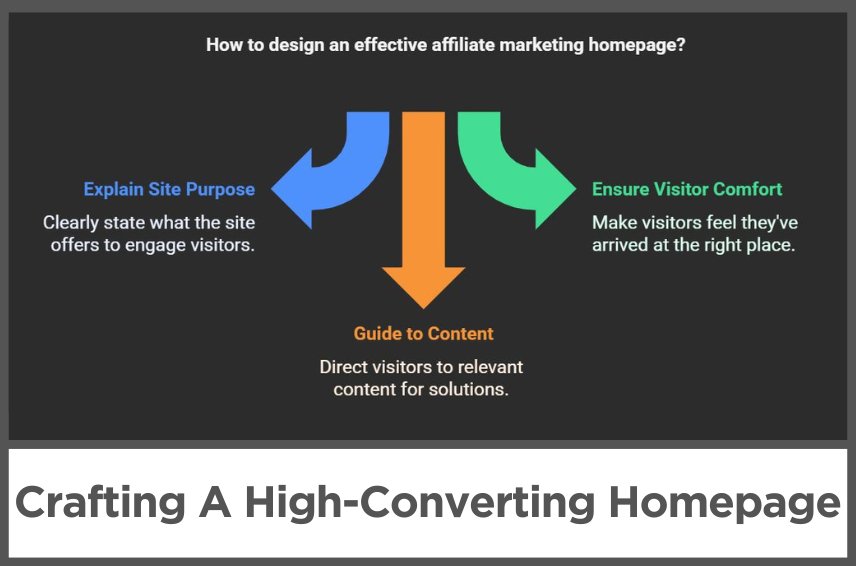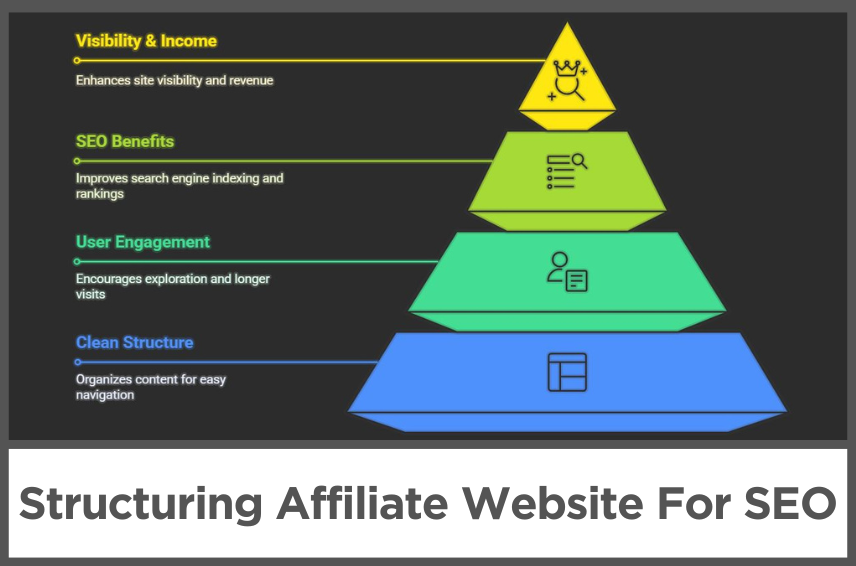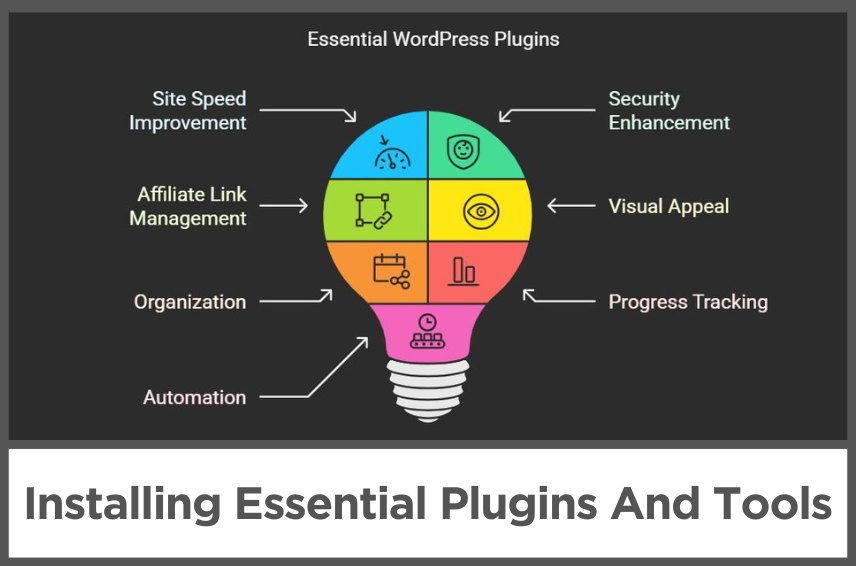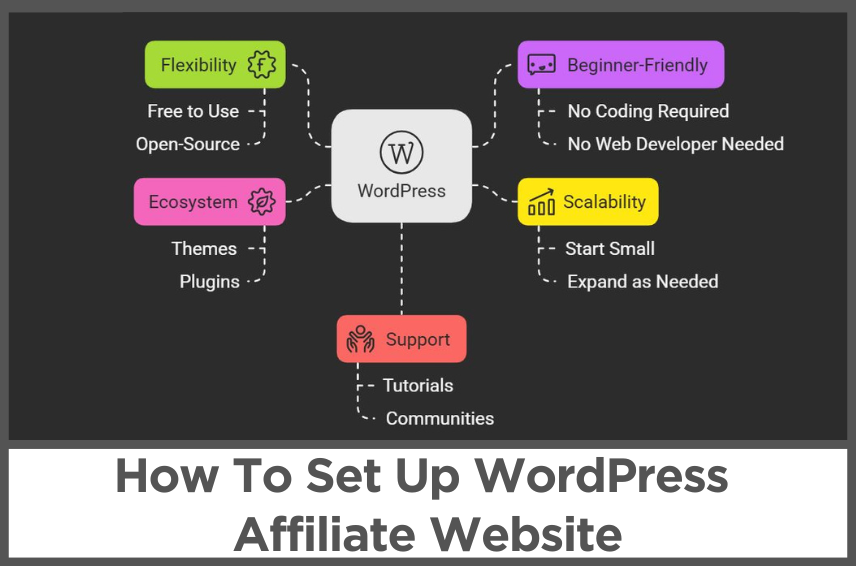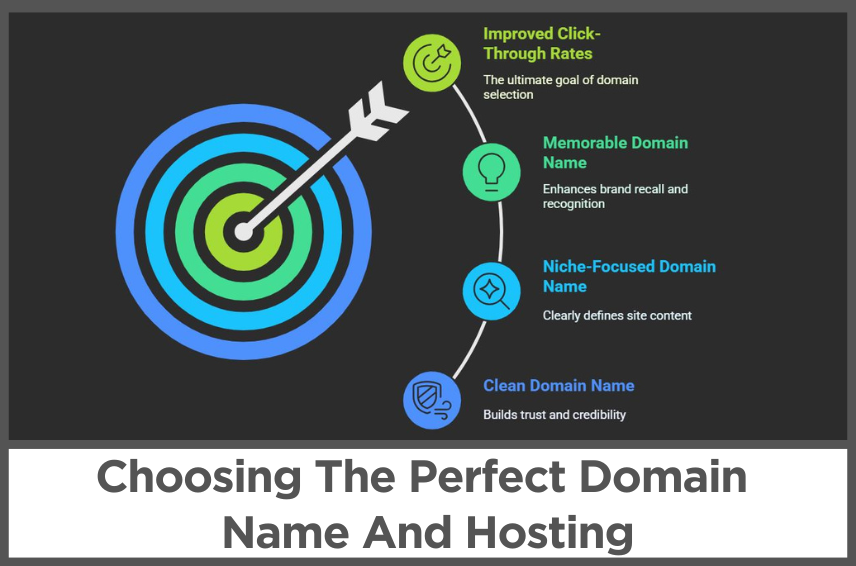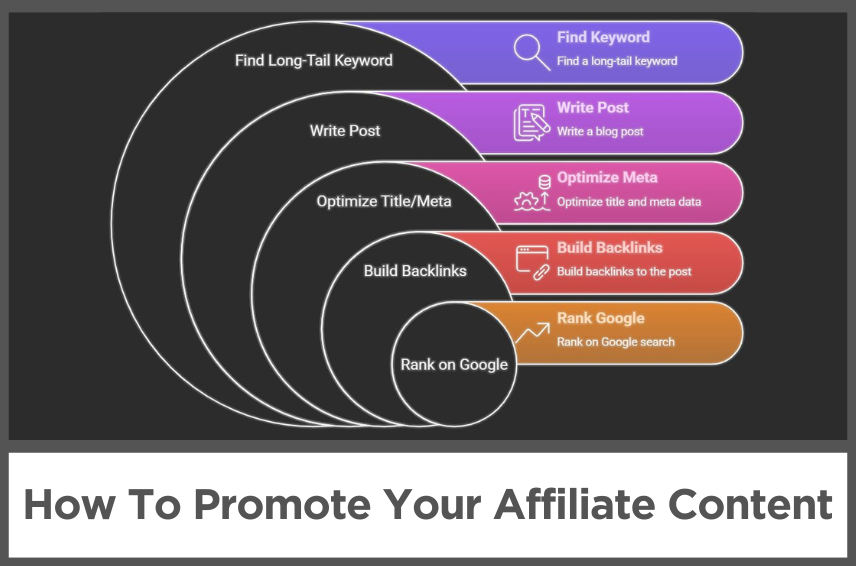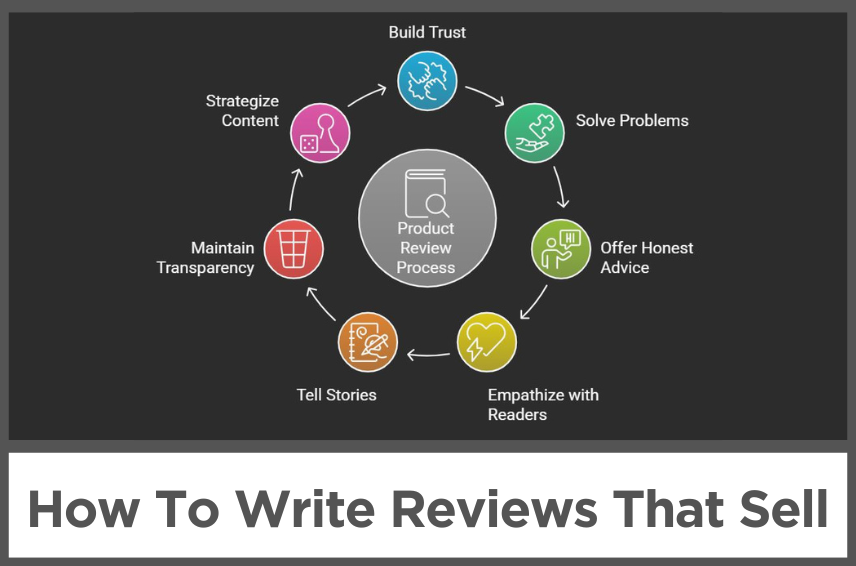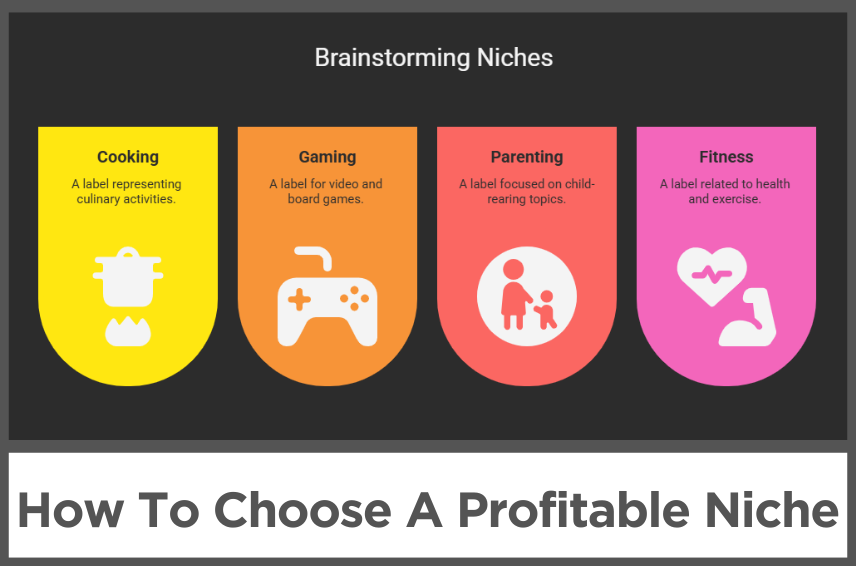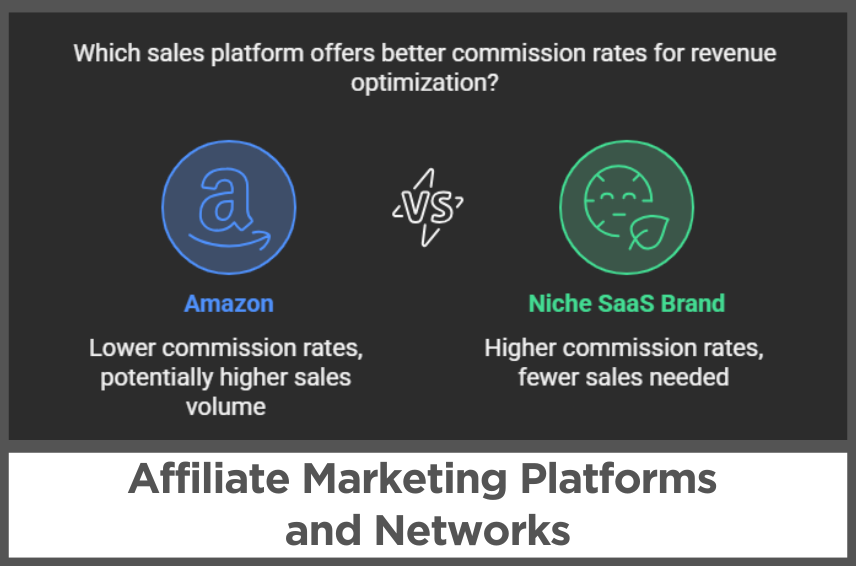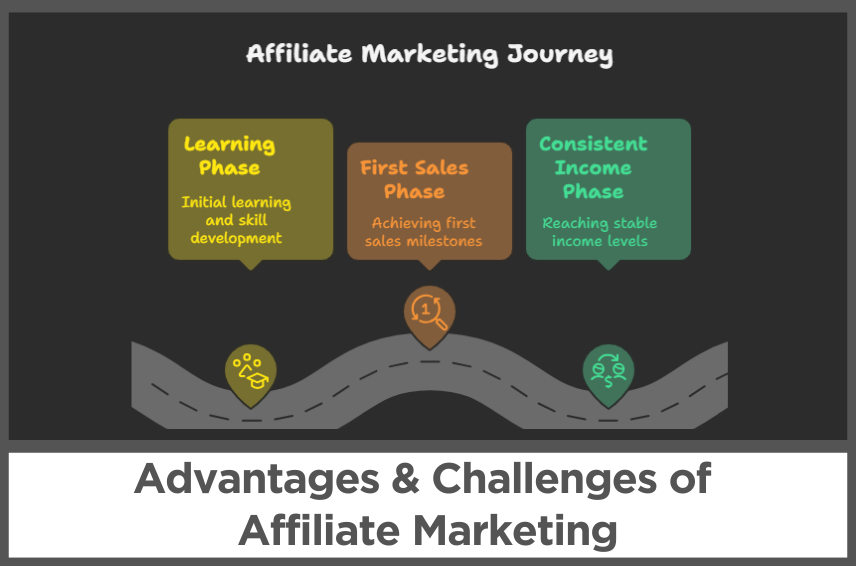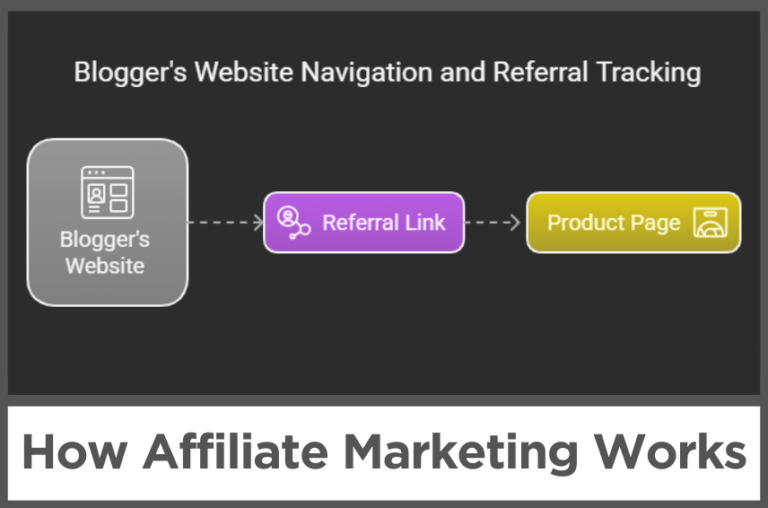M4.C4: Adding Your First Post And Product Reviews
by Abhigyan
You’ve done a lot of groundwork to get your affiliate marketing website up and running.
From selecting a niche and building your homepage to creating resource hubs and comparison tables, you’ve laid a strong foundation.
Now it’s time to bring your site to life—with blog content and product reviews. These aren’t just accessories to your site. They’re its heartbeat.
Blog posts and product reviews are how you educate, engage, and earn the trust of your visitors.
They’re the pieces of content that search engines rank, that people share, and most importantly, that drive affiliate clicks and commissions.
But crafting your first blog posts can feel daunting. Where do you begin? How do you structure your posts for maximum value?
And how can you write reviews that don’t feel “salesy” but still encourage readers to click?
In this chapter, we’ll walk you through each step of publishing your first blog articles and affiliate product reviews.
We’ll cover everything from selecting your initial topics to formatting your content for SEO, adding affiliate links ethically, and keeping readers engaged.
Disclosure: Some of the links I share might be affiliate links. If you click on one and make a purchase, I may earn a small commission as a thank you. But don’t worry, it won’t cost you anything extra. I only recommend stuff I genuinely believe in. Your support helps me keep creating awesome content. You can read my full affiliate disclosure in my disclaimer page.
IN THIS POST :
ToggleRole Of Blog Content In Affiliate Marketing
Blog content plays a central role in your affiliate strategy.
It’s what brings organic traffic to your site, answers the questions your audience is asking, and offers real value that builds long-term trust.
Without high-quality content, even the best-looking site with the most optimized layout won’t convert.
Your blog is where you speak directly to your audience. It’s where you can showcase your knowledge, personality, and experience in a conversational way.
The content you publish should serve two main purposes: first, to help your audience solve a specific problem or gain useful insight; and second, to naturally guide them toward relevant affiliate products or services that can enhance their experience.
Think of each blog post as a mini-conversation. You’re offering a solution, a story, or a perspective that resonates with your reader.
If you do this well, your readers will start to see you as someone they can rely on.
And that trust is what makes them more likely to follow your recommendations and click your affiliate links.
Picking The Perfect Starter Topics
Before you write anything, you need a solid idea—and choosing the right topic is half the battle.
For your first few posts, it’s best to stick with beginner-friendly topics in your niche.
These are the types of articles that introduce new visitors to your website and help you rank for long-tail keywords.
If your site is about productivity tools, you might start with posts like “Best Free Productivity Apps for Remote Workers” or “How to Create a Morning Routine That Actually Works.”
If your niche is health and wellness, beginner topics could include “How to Start Intermittent Fasting Safely” or “Top Yoga Essentials for Home Practice.”
Avoid diving too deep or targeting advanced strategies right away. Focus on topics that solve common problems or answer frequently asked questions.
Use keyword tools like Google’s autocomplete, Clicks, or KWFinder to find out what people are searching for in your niche.
You can also look at forums, subreddits, or Facebook groups related to your niche. What are people asking? What struggles do they face?
If you see the same questions popping up repeatedly, that’s a signal that those topics are worth covering.
Structuring Your Blog Posts For Readability
Once you’ve selected a topic, it’s time to write the post in a way that’s easy to read and engaging.
A good blog post typically starts with a compelling introduction.
This is where you let the reader know what the post is about and why they should keep reading.
Keep your tone friendly and helpful, as if you’re chatting with someone over coffee.
Next comes the body of your post. This is where you break the content into digestible sections, each with a clear subheading.
Use your subheadings to guide the reader through your points. Each section should flow logically into the next, building a story or framework that’s easy to follow.
Write in short paragraphs—no more than 3-4 lines per paragraph. This improves readability, especially on mobile devices.
Keep your language simple and clear. You’re not trying to impress people with jargon—you’re trying to help them.
Include real-life examples wherever you can. People love stories and relatable scenarios.
If you’re reviewing a time-management app, talk about how it helped you stay focused while working from home.
These small personal touches make your content feel authentic and trustworthy.
At the end of the post, provide a quick summary or a final tip. This leaves your reader with a sense of closure and reinforces the value of your content.
Writing Product Reviews That Don’t Sound Salesy
Writing a product review is both an art and a science.
You want to present enough detail to be helpful, but you also want to create a narrative that leads the reader to take action.
The goal isn’t just to describe the product—it’s to help your reader decide whether it’s right for them.
Start your review with context. Why did you try the product? What problem were you hoping it would solve?
This kind of introduction pulls the reader in and sets up the rest of the review.
Then move into features and benefits. Don’t just list what the product does—explain how it helps.
For example, instead of saying, “This software has a calendar feature,” say, “The calendar feature makes it easy to plan your week and stay on top of deadlines.”
Make your review honest and balanced. Point out any drawbacks or limitations the product has.
Readers appreciate transparency, and being upfront actually builds more trust.
If a product has a steep learning curve or lacks customer support, say so—but also mention who it might still be great for.
Finish your review with a clear recommendation. Let readers know who the product is best suited for and include a strong call to action with your affiliate link.
Phrases like “Click here to try it for free” or “Learn more on the official website” are great ways to prompt action without sounding pushy.
Optimizing Product Reviews For SEO
SEO (Search Engine Optimization) might seem intimidating at first, but you don’t need to be an expert to get results.
With a few simple strategies, your content can start gaining traction on search engines.
First, choose a primary keyword for each post. This should be a phrase people are actually typing into Google.
Use that keyword in your title, in at least one heading, and naturally throughout your content.
Also include related terms and synonyms. This helps search engines understand the context of your article.
Don’t force keywords—just write naturally, as if you’re speaking to a friend.
Use descriptive and compelling meta titles and meta descriptions.
These are the snippets people see on Google’s search results page, so make sure they reflect what the post is about and invite clicks.
Finally, optimize your images by using descriptive file names and alt text.
And if you’re using WordPress, plugins like Rank Math or Yoast SEO can help guide you through on-page optimization with checklists and suggestions.
Interlinking To Strengthen Site Structure
Internal linking is one of the simplest ways to boost your site’s SEO and keep readers engaged.
This just means linking to other relevant pages on your website from within your content.
Let’s say you wrote a blog post about “The Best Meditation Apps.” If you’ve also reviewed one of those apps in detail, link to that review.
If you mentioned a product in your resource hub, add a link to that page too.
Internal links help search engines crawl your site more efficiently and understand how your content is related.
They also guide readers through your content in a logical way, increasing time on site and reducing bounce rates.
Just make sure your links feel natural. You’re aiming to be helpful, not spammy.
A good rule of thumb is to ask yourself: “If I were the reader, would I find this link useful right here?”
Keeping Content Legally Compliant And Ethical
As you start adding affiliate links to your blog posts and reviews, it’s important to stay compliant with the law and build ethical practices from the start.
First, always disclose your affiliate relationships.
This can be as simple as a sentence at the top of your post that says: “This post may contain affiliate links, which means I may earn a commission at no extra cost to you.”
This transparency builds trust and keeps you in line with regulations from the FTC and affiliate networks.
Second, only promote products you truly believe in or have researched thoroughly. It’s tempting to chase high commissions, but your reputation is worth far more.
Trust is the foundation of affiliate marketing—and once lost, it’s hard to regain.
Publishing With Consistency And Confidence
Once your first posts are live, it’s time to settle into a rhythm. You don’t have to publish every day.
In fact, one high-quality post per week is a great pace for most beginners. Focus on quality over quantity.
Pay attention to how your audience responds. Use Google Analytics or your web host’s stats to track which posts get the most views, clicks, and engagement.
Over time, you’ll start to see what works—and you can do more of it.
Remember that writing is a skill you build with practice. Your early posts might not be perfect, and that’s okay.
Each one is a step forward. The more you write, the more confident you’ll become—and the better your results will get.
What’s Next?
Now that you’re building up your blog with quality content, it’s time to start capturing your visitors so they come back.
In the next chapter, we’ll dive into how to design lead magnets and opt-in pages that turn casual readers into loyal subscribers.
You’ll learn what kinds of lead magnets work best, how to align them with your niche, and how to build simple, high-converting opt-in forms—even if you’ve never done it before.
Next Chapter:
Previous Chapter:
Abhigyan Mahanta
Hi! I’m Abhigyan, a remote web developer and an affiliate blogger. I create beginner-friendly guides to help new affiliates get started and grow in affiliate marketing. I also share information on remote companies and interview preparation tips.

